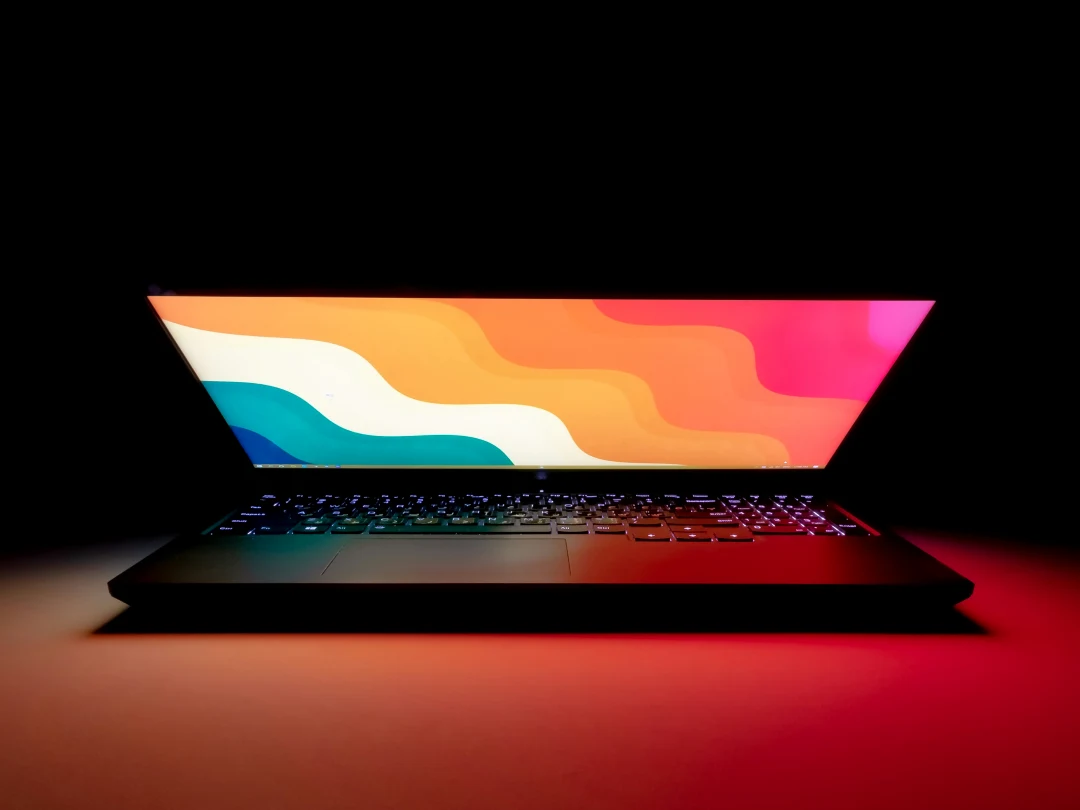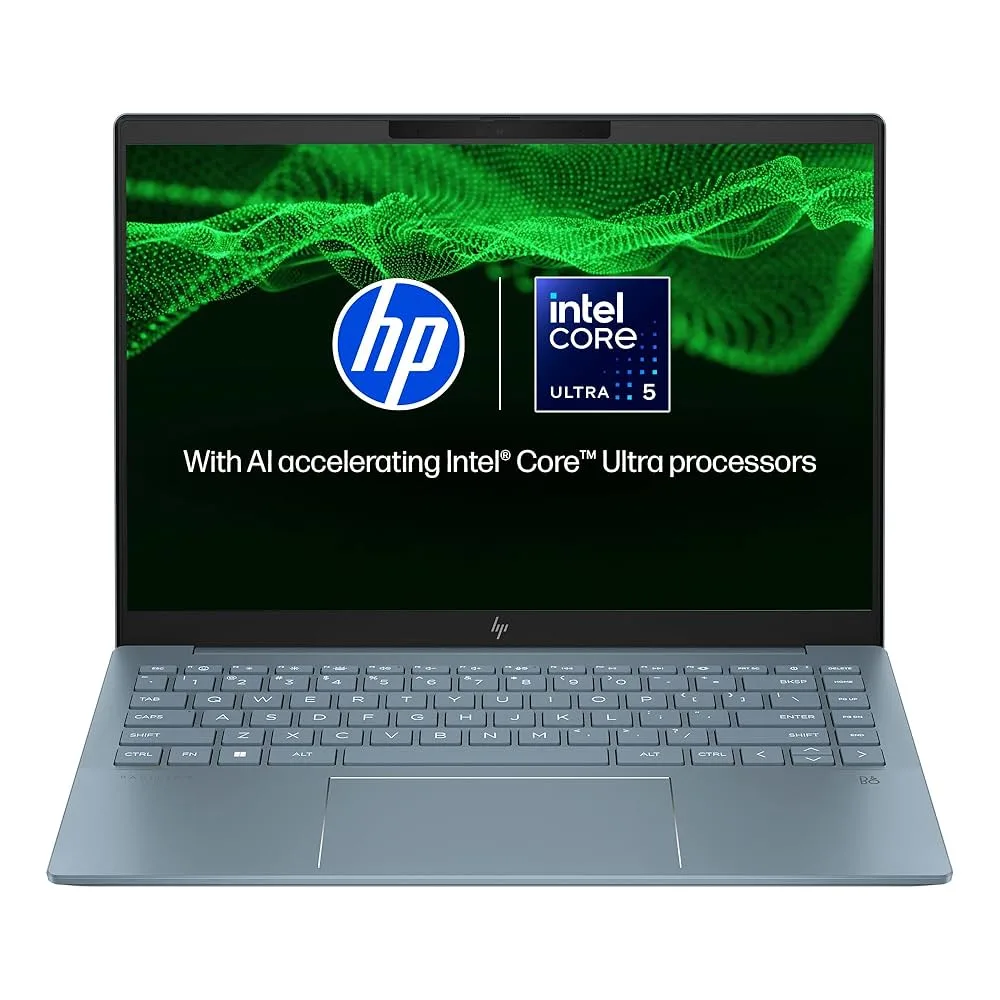Laptop Buying Guide 2025: How to Choose the Right Laptop for Your Needs
Published on: Fri Jul 11 2025

Laptop Buying Guide 2025: How to Choose the Right Laptop for Your Needs
Buying a new laptop in 2025 can be a daunting task. With countless models, confusing technical specifications, and prices ranging from budget-friendly to sky-high, it’s easy to feel overwhelmed. A laptop is a significant investment, and choosing the wrong one can lead to years of frustration.
The secret to a successful purchase is not to find the “best” laptop overall, but to find the “right” laptop for your specific needs. A student, a business professional, and a gamer all require very different things from their machines. This guide will break down the essential components and help you identify what truly matters for you.
Step 1: Identify Your Primary Use Case
Before you even look at a single spec sheet, ask yourself: what will I be doing on this laptop 90% of the time?
- For Students: Your focus should be on portability, long battery life, and a comfortable keyboard. You’ll be carrying it to classes, lectures, and the library. Your tasks will mostly involve web Browse, word processing, and content streaming.
- For Business Professionals: You need a reliable, secure, and powerful machine. Portability is still key, but you might also need a high-resolution display for presentations, a good webcam for video calls, and a processor that can handle multitasking with ease.
- For Creative Professionals (Editors, Designers): Your priorities are a color-accurate high-resolution display, a powerful processor, a dedicated graphics card (GPU), and lots of fast RAM and storage for handling large files.
- For Gamers: You need the absolute best performance, which means a top-tier CPU and GPU, a high-refresh-rate screen, and an advanced cooling system.
Step 2: Understanding the Core Components
Once you know your use case, you can start evaluating the key components.
1. The Processor (CPU): The Engine
The CPU is the brain of your laptop. For most users in 2025, the choice is between Intel and AMD.
- Intel: The Intel Core series (i3, i5, i7, i9) is a household name. For general use, an Intel Core i5 is the sweet spot. For more demanding tasks or gaming, an Intel Core i7 is recommended. Look for 13th or 14th-generation chips for the latest performance and efficiency.
- AMD: The AMD Ryzen series (3, 5, 7, 9) offers strong competition. A Ryzen 5 is comparable to an i5, while a Ryzen 7 competes with the i7. AMD’s processors are often praised for their excellent multi-core performance and battery efficiency.
2. RAM: The Workspace
RAM (Random Access Memory) is your laptop’s short-term memory. It determines how many applications you can run simultaneously without your system slowing down.
- 8GB RAM: This is the absolute minimum in 2025. It’s sufficient for students and casual users who primarily browse the web and use office applications.
- 16GB RAM: This is the recommended standard for most people, including professionals and moderate gamers. It provides a smooth multitasking experience and future-proofs your device.
- 32GB RAM or more: This is for serious gamers, video editors, and professionals who work with very large datasets or virtual machines.
3. Storage: Speed and Space
This is where your files, applications, and operating system live.
- SSD (Solid State Drive): This is non-negotiable in 2025. An SSD is dramatically faster than a traditional Hard Disk Drive (HDD). It means your laptop will boot up in seconds, and applications will launch almost instantly.
- Storage Amount: A 512GB SSD is a great starting point for most users. If you work with large files or have a big game library, aim for a 1TB SSD.
4. The Display: Your Window to Work
You’ll be staring at this for hours, so don’t overlook it.
- Resolution: A Full HD (1920 x 1080) display is the standard. It offers sharp text and clear images. For creative professionals, a QHD or 4K display might be worth the extra cost.
- Panel Type: An IPS panel offers better viewing angles and more accurate colours than a TN panel. OLED displays are becoming more common, offering perfect blacks and incredible contrast, making them ideal for media consumption.
- Refresh Rate: For most users, a standard 60Hz is fine. For gamers, a 120Hz or 144Hz display is essential for smooth, fluid gameplay.
5. Battery Life
Check reviews for real-world battery life, not just the manufacturer’s claims. If you’re a student or a professional who travels, look for a laptop that can last at least 8-10 hours on a single charge.
Conclusion
Choosing the right laptop is a process of matching your needs with the right components. Don’t pay extra for a powerful gaming GPU if you only write emails, and don’t settle for 8GB of RAM if you’re a video editor. By identifying your primary use case and understanding these core components, you can confidently select a laptop in 2025 that will serve you well for years to come.
Related Blogs

How to Pick a Budget Laptop That Lasts – Battery, SSD, RAM & More (2025 Edition)
Buying a laptop on a budget in 2025? This guide reveals the secrets to choosing an affordable laptop that is fast, reliable, and will last for years by focusing on the right specs.

HP Pavilion Plus 2025 Review – Best OLED Laptop Under ₹80,000?
An in-depth review of the 2025 HP Pavilion Plus. We test its stunning OLED display, performance, battery life, and build quality to see if it truly is the best laptop under ₹80,000 for students and professionals.

Laptop for Coding in 2025 – What Specs Really Matter?
Choosing a laptop for programming? This 2025 guide cuts through the noise and focuses on the specs that truly matter for developers, from the CPU and RAM to the keyboard and display.